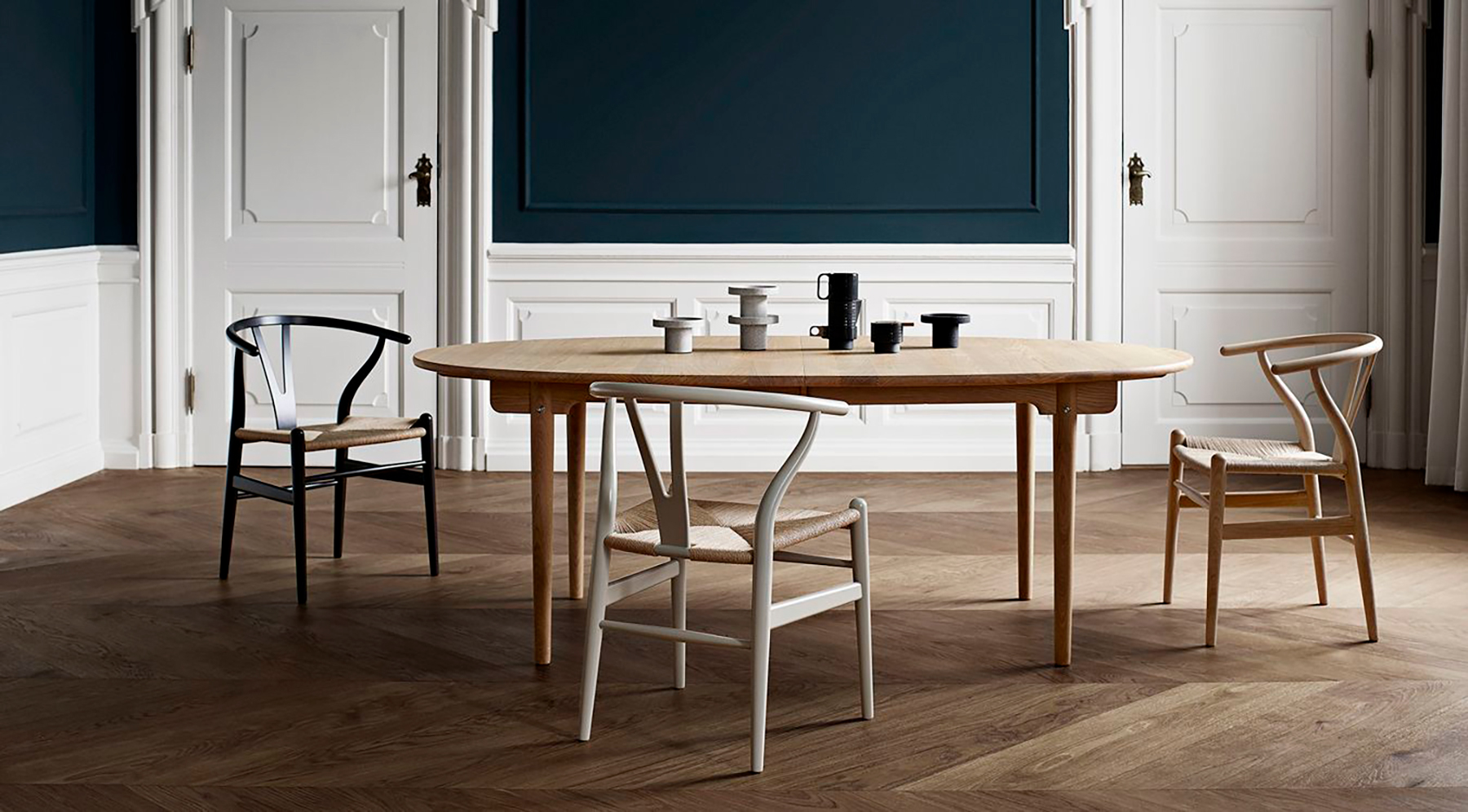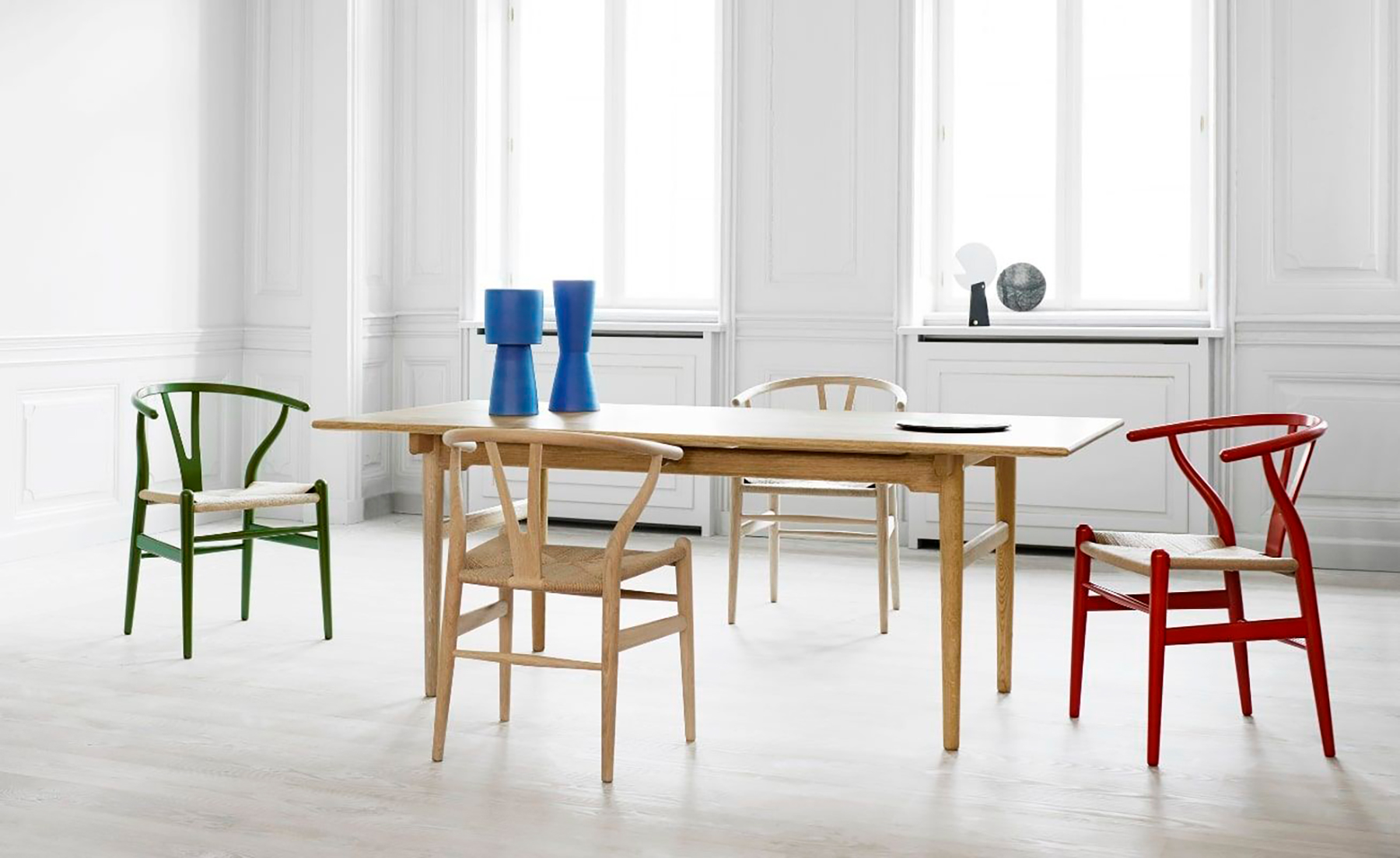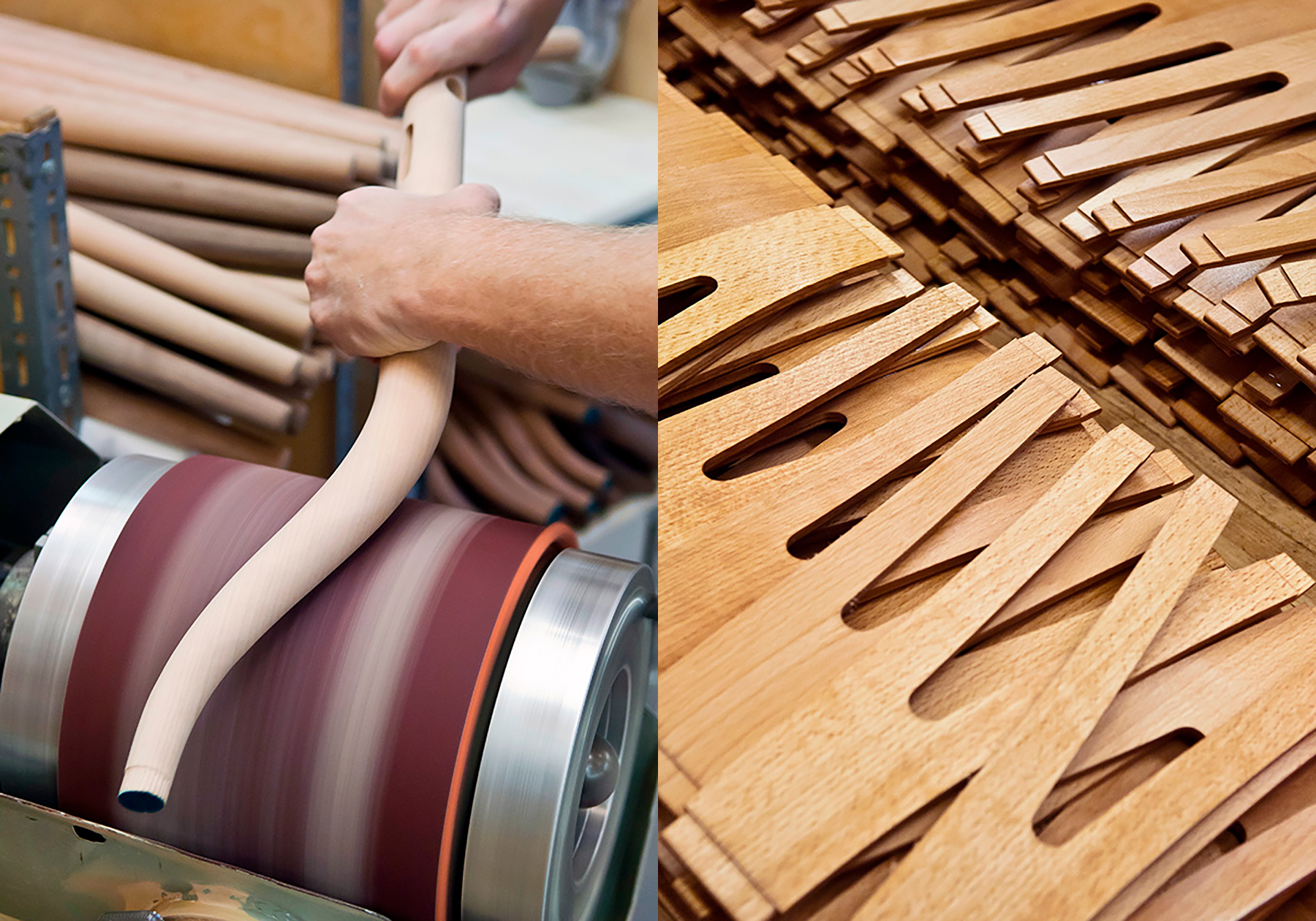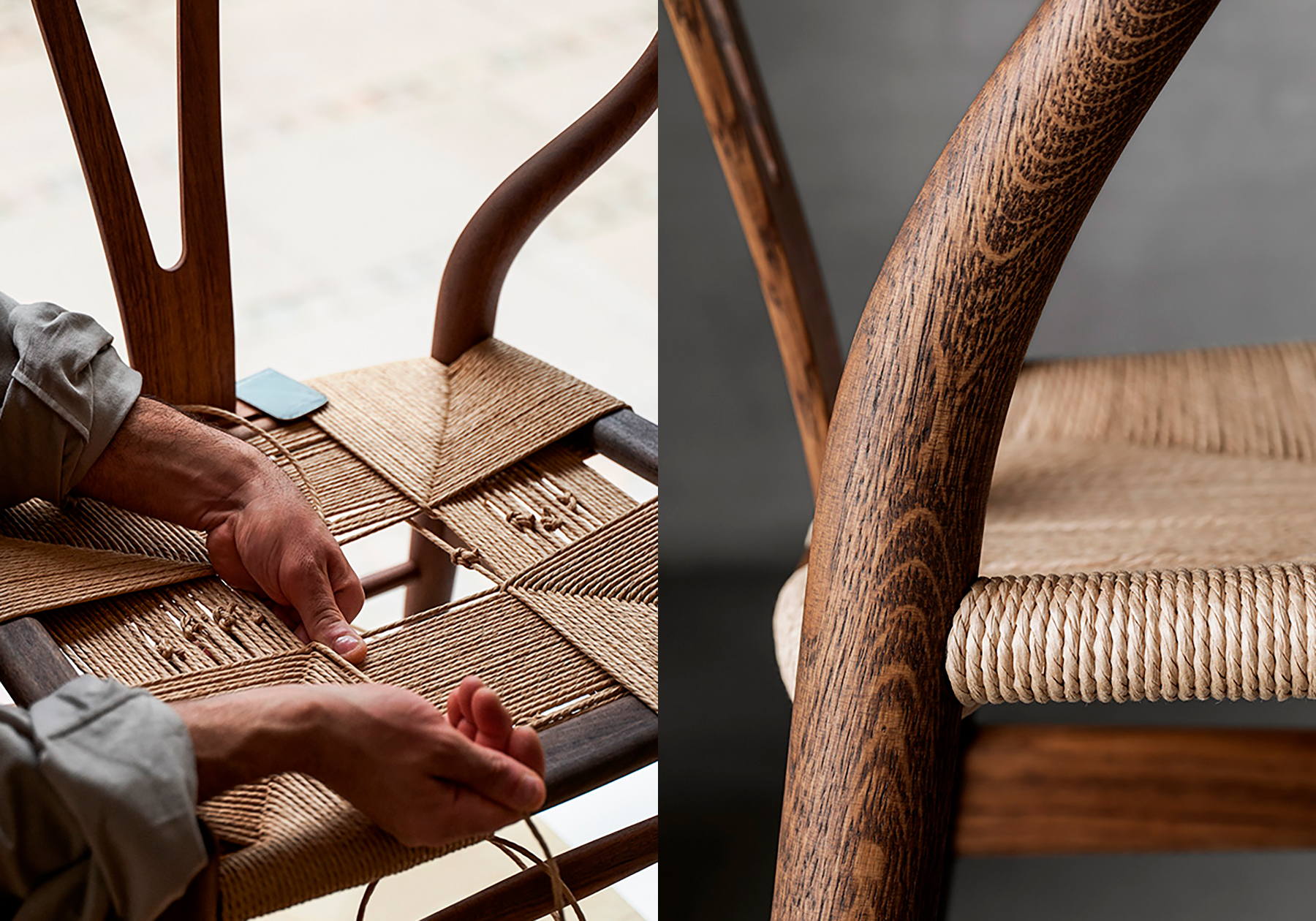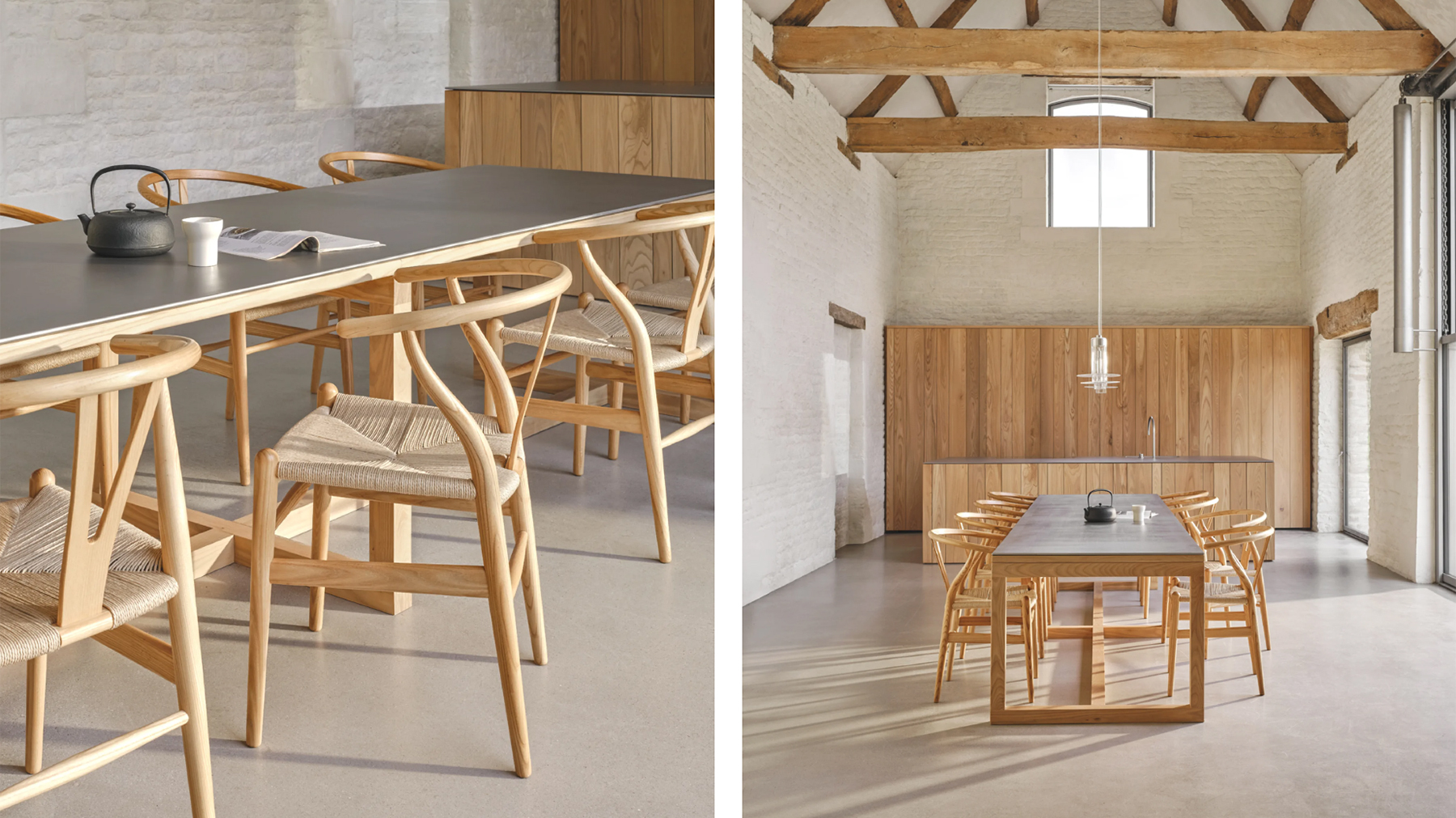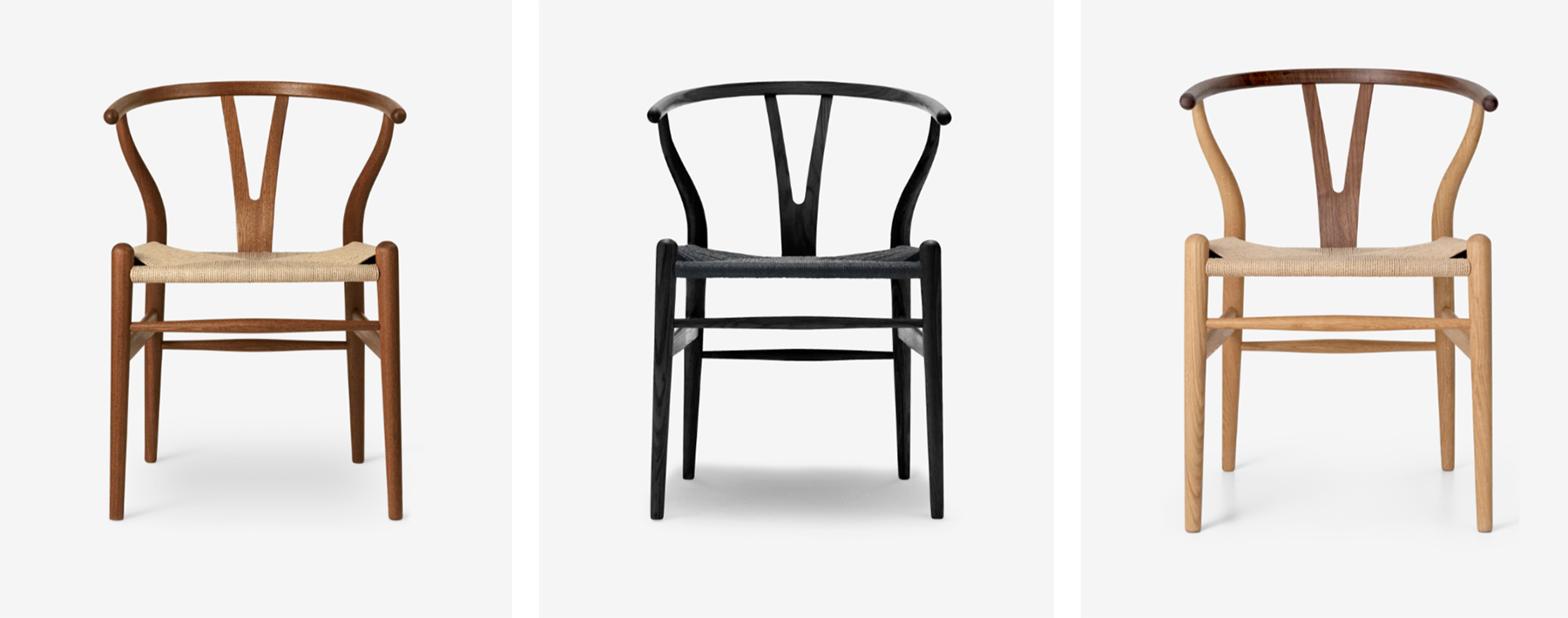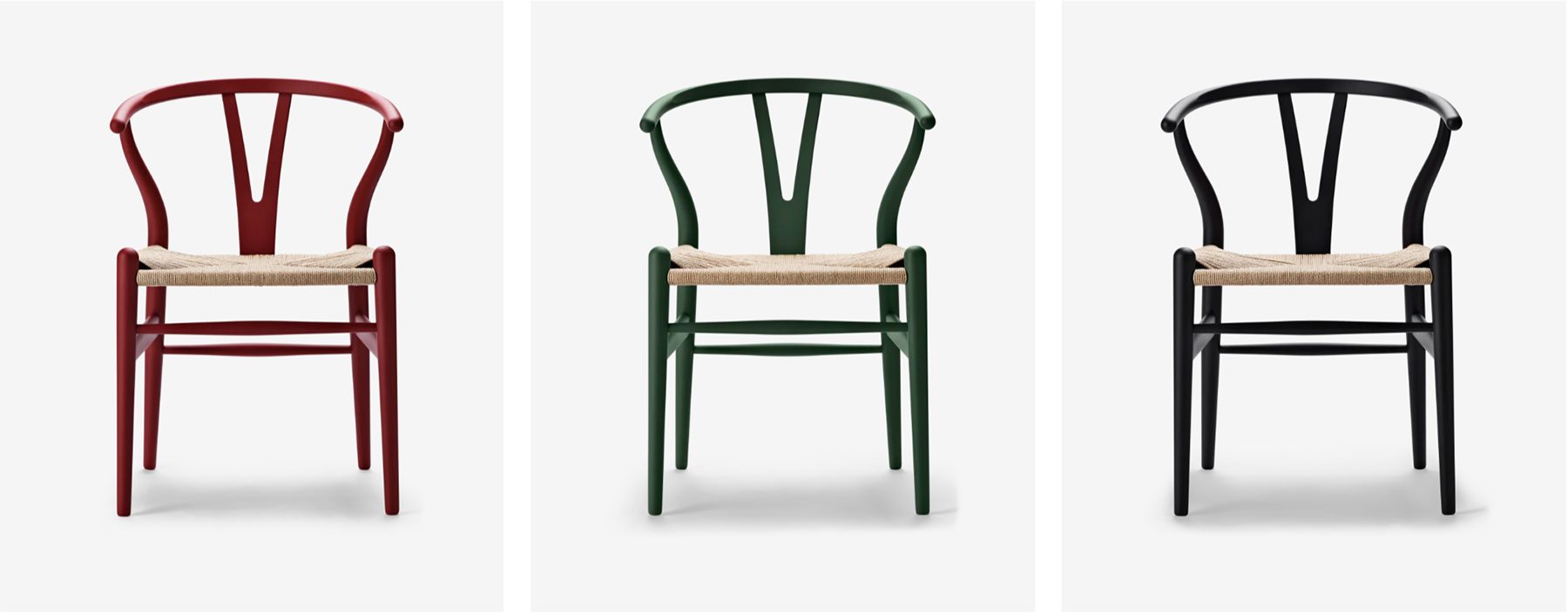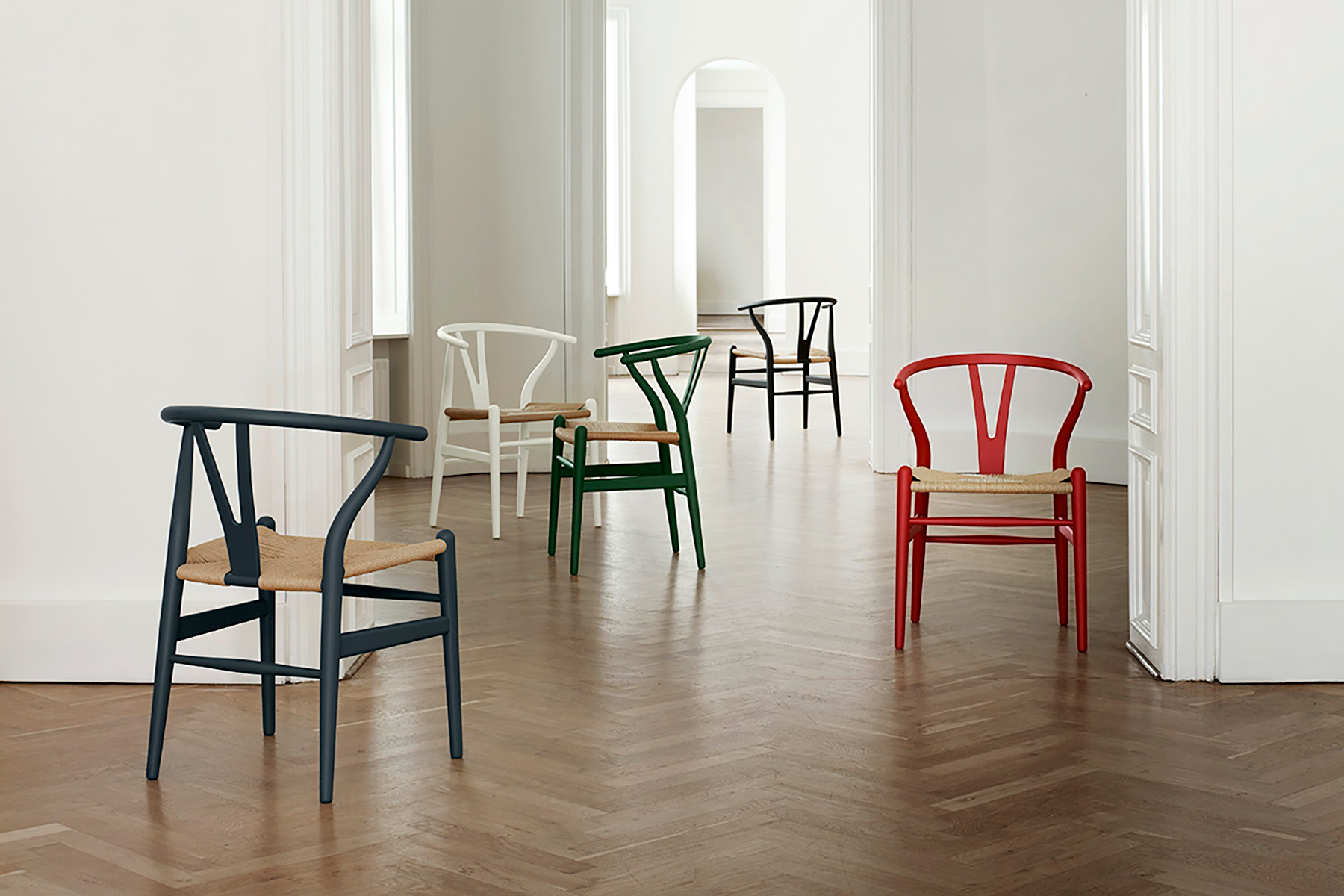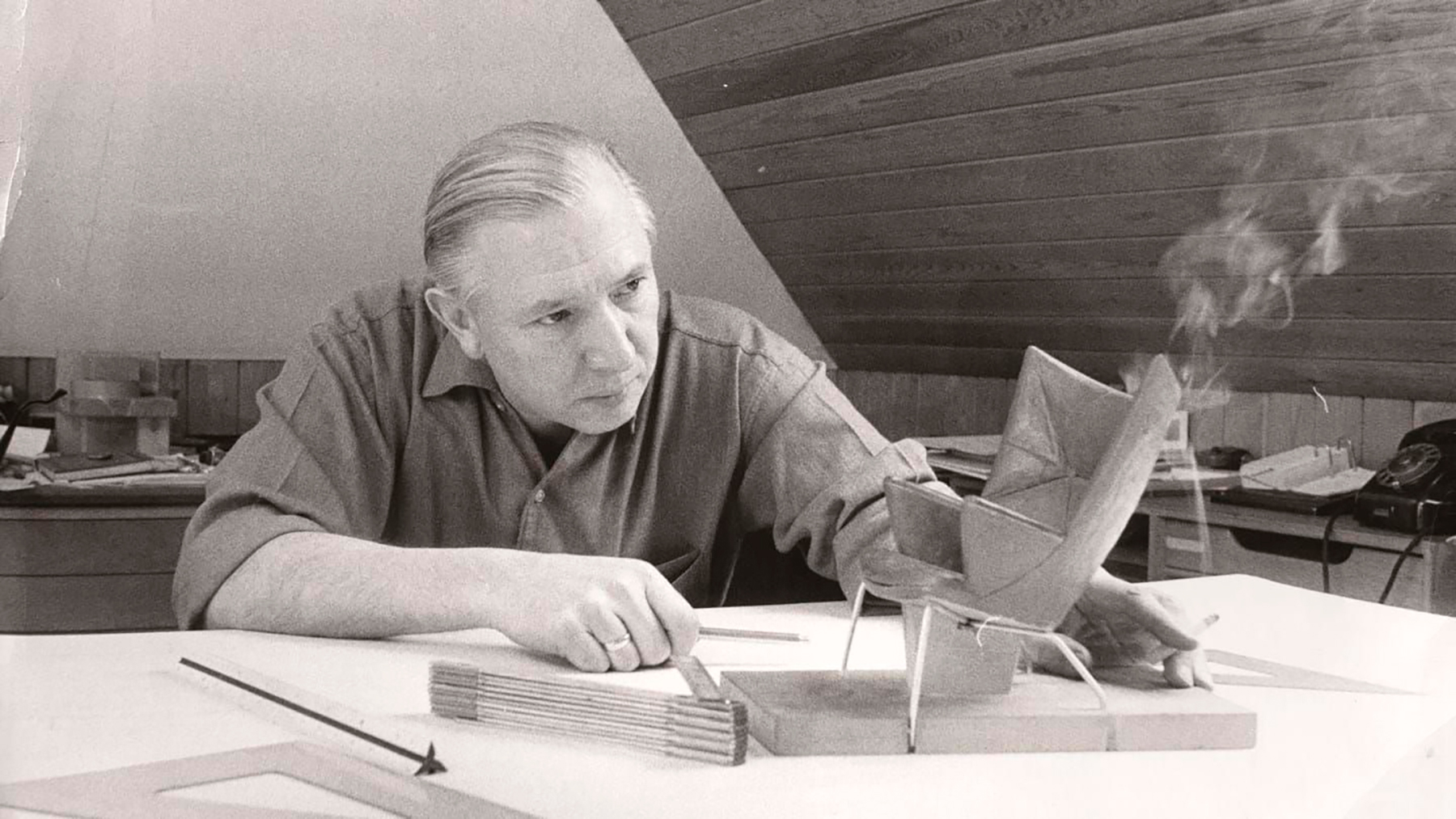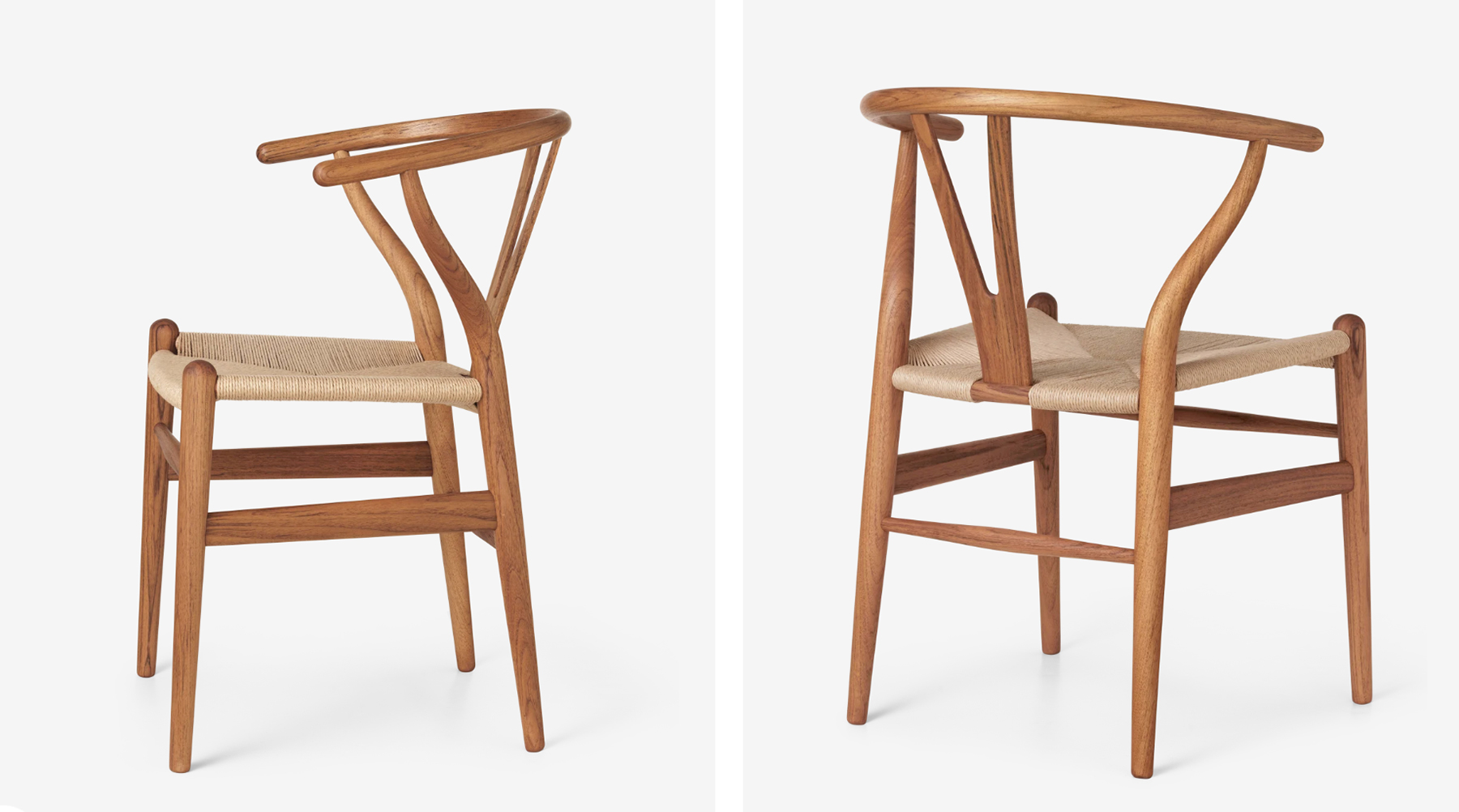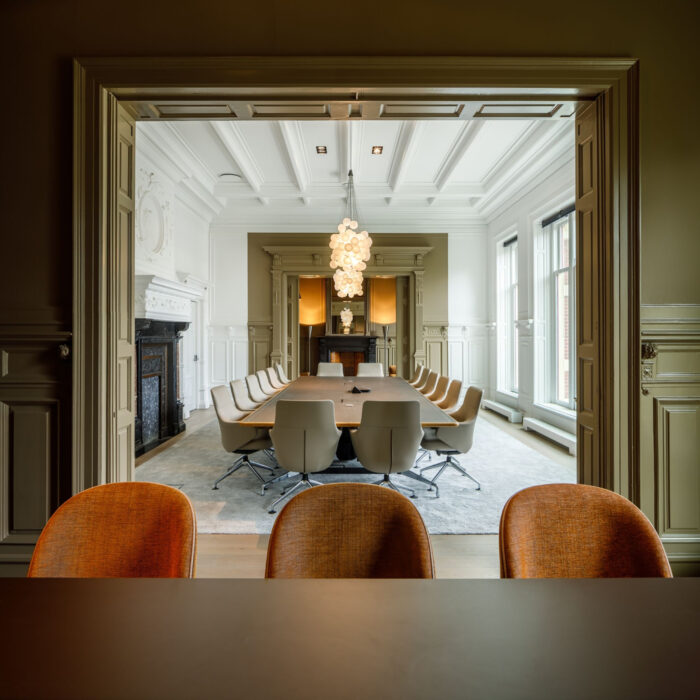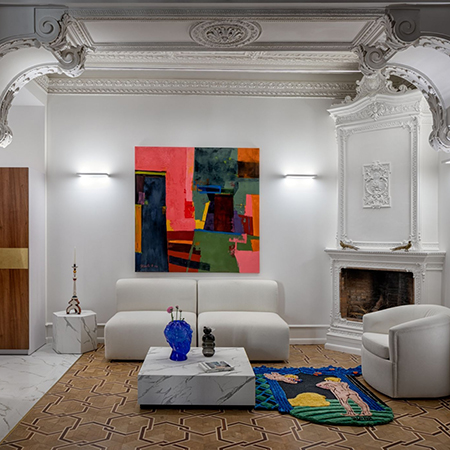an object of desire
For many modern interior designers, architects and designers, the whishbone chair, de Hans J. Wegner, it is the epitome of contemporary design perfection. Of course, for the Danes, it is in the Olympus of their native design, next to the iconic pieces of Arne Jacobsen (such as the egg chair, that we analyzed a few weeks ago) or Verner Panton. The truth is that this beautiful chair, distinguished by its impeccable workmanship and extreme comfort, is still today a object of desire in the world of interior design.
The germ of success
In 1949 Wegner designed his first chair for the Danish publisher Carl Hansen & Son (hence, its original name CH24), in search of a lightweight seat to replace the heavy upholstered chairs that were popular at the time.
It belonged to a collection of four “Chinese chairs” that Werner had designed for the Danish house, inspired by the thrones Of The Ming Dynasty, minimalist design, with a wide seat and a high backrest.
At first, Hansen & Son were not very convinced with the result, since they looked more like garden chairs and, in addition, they had a high production cost. However, finally in 1950 its manufacture began following the original idea and, today, 74 years later, They are still manufactured in the same traditional way.
However, the success was not immediate, since the design did not fit in a house from the 50s, as it was considered a too “light” design for a chair that required more solemnity for dining rooms. Surprisingly, the chair was hugely successful in Japan, where it did fit his minimalist interior design. He also had a warm welcome in California and soon gained favor with the Germans. Within a few years, the Danes also took heart and adopted a chair that became a hallmark of the danish modernism worldwide.
Artisan manufacturing process
Undoubtedly, the essence of the Wishbone chair is given by its meticulous craft manufacturing process. It's formed by 14 components separated, which require 100 individual processes, almost all done by hand, to chisel, carve, sand, and shape, which adds almost three weeks of preparation time before the chair can even begin to be assembled.
Only the english seat, woven by hand, takes an hour of work for an expert craftsman, who uses approximately 120 meters of waxed paper rope, whose impressive durability and stability make the chair strong and durable, with a life cycle of approx. 50 years.
When designing the CH24, Wegner chose to combine the backrest and armrest in one piece. To give stability to the upper part steam bent and to ensure comfortable support, Wegner developed the characteristic backrest Y-shaped which gives its name to the Wishbone chair. Wegner was first cabinetmaker, and his experience with carpentry and woodworking is evident in each piece, which is designed to fit into place. without the need for hardware: just a little glue and excellent engineering make these chairs last for decades.
A timeless style
The chair is designed in such a way that it is light and visually attractive due to its organic shape, as well as offering a comfort and stability exceptional. looks like modern and classic at the same time, and thanks to the variety of colors and finishes of the wood, it can be incorporated into many styles of decoration. Although it is more often associated with the look scandinavian minimalist, the handwoven seat and wooden frame allow the chair to bring a space to a boho touch, as well as coastal or industrial.
current manufacturing
The Wishbone chair is manufactured in various types of wood and finishes, and currently has 33 versions. El ash, beech and oak they are mainly grown in Denmark under strict national and international regulations that preserve the health of forests and contribute to reforestation efforts. He cherry and walnut Americano is imported from the United States and is also subject to similar laws.
In the mid-1990s, Carl Hansen & Son increased the seat height of the chair by 2 cm to adapt to the increase in height of the European and American market. The chair in its original dimensions continues to be manufactured and sold in Asia.
Every year Carl Hansen & Son launches a Limited Edition of the chair on the occasion of Wegner's birthday. In 2018, they launched one of dark oak wood In 2019, they released a version with leather seat. In 2020, they edited the chair in Navy blue.
To celebrate the over 70 years Hans J. Wegner's collaboration with Carl Hansen & Son, the company collaborated with the London designer Ilse Crawford to include the Wishbone chair in nine new colors.
About Hans J. Wegner
Son of a shoemaker, Wegner was born in 1914 in Tønder, a city in southern Denmark. He began apprenticeship with the Danish master cabinetmaker HF Stahlberg when he was only 14 years old. He later moved to Copenhagen and attended the School of Arts and Crafts from 1936 to 1938, before establishing himself as furniture designer.
In 1938, the architects and designers Arne Jacobsen and Erik Moller they contacted Wegner and began designing furniture for the new Aarhus Town Hall. At the same time, Wegner began to collaborate with the master cabinetmaker Johannes Hansen, who was a driving force in introducing the new furniture design to the Danish public at the Cabinetmakers Guild Exhibitions in Copenhagen.
Wegner founded his own study design in 1943 and created a series of light chairs for Carl Hansen & Son from 1949 to 1968. He received numerous awards and distinctions throughout his life, and almost all great design museums of the world, from the Museum of Modern Art in New York and the Designmuseum Danmark in Copenhagen to Die Neue Sammlung in Munich, exhibit their works. Hans J. Wegner died in Denmark in January 2007, aged 92.
Wegner's obsession was always trying to show the inner soul of furniture through a simple and functional exterior. Wegner's training as a cabinetmaker provided him with a deep understanding of how to integrate joinery techniques demanding with exquisite forms. His aesthetic was also based on a deep respect for wood and its characteristics, and a great curiosity for other natural materials that allowed him to bring an organic and natural softness to formalist minimalism.
Wegner, possibly the master Of Danish Chair Design, has a staggering number of 500 chair designs behind their backs. He dedicated his life and his career to create the “perfect” chair. With the Wishbone chair, he came closer than ever to achieving it, with a design that is recognized, appreciated and imitated around the world.
Images Carl Hansen & Son
